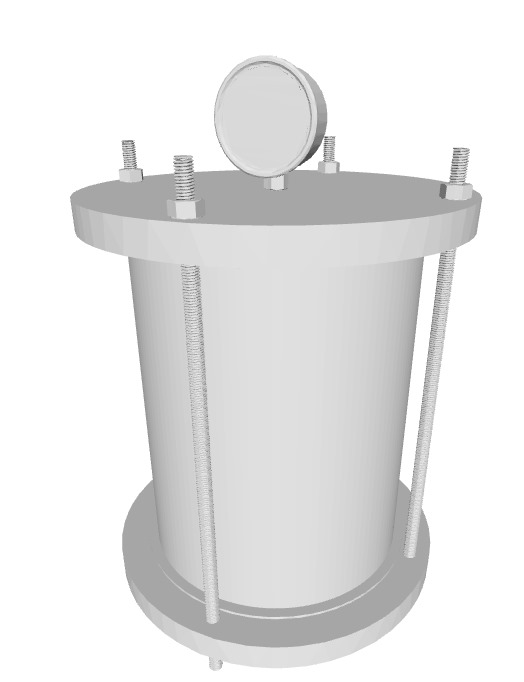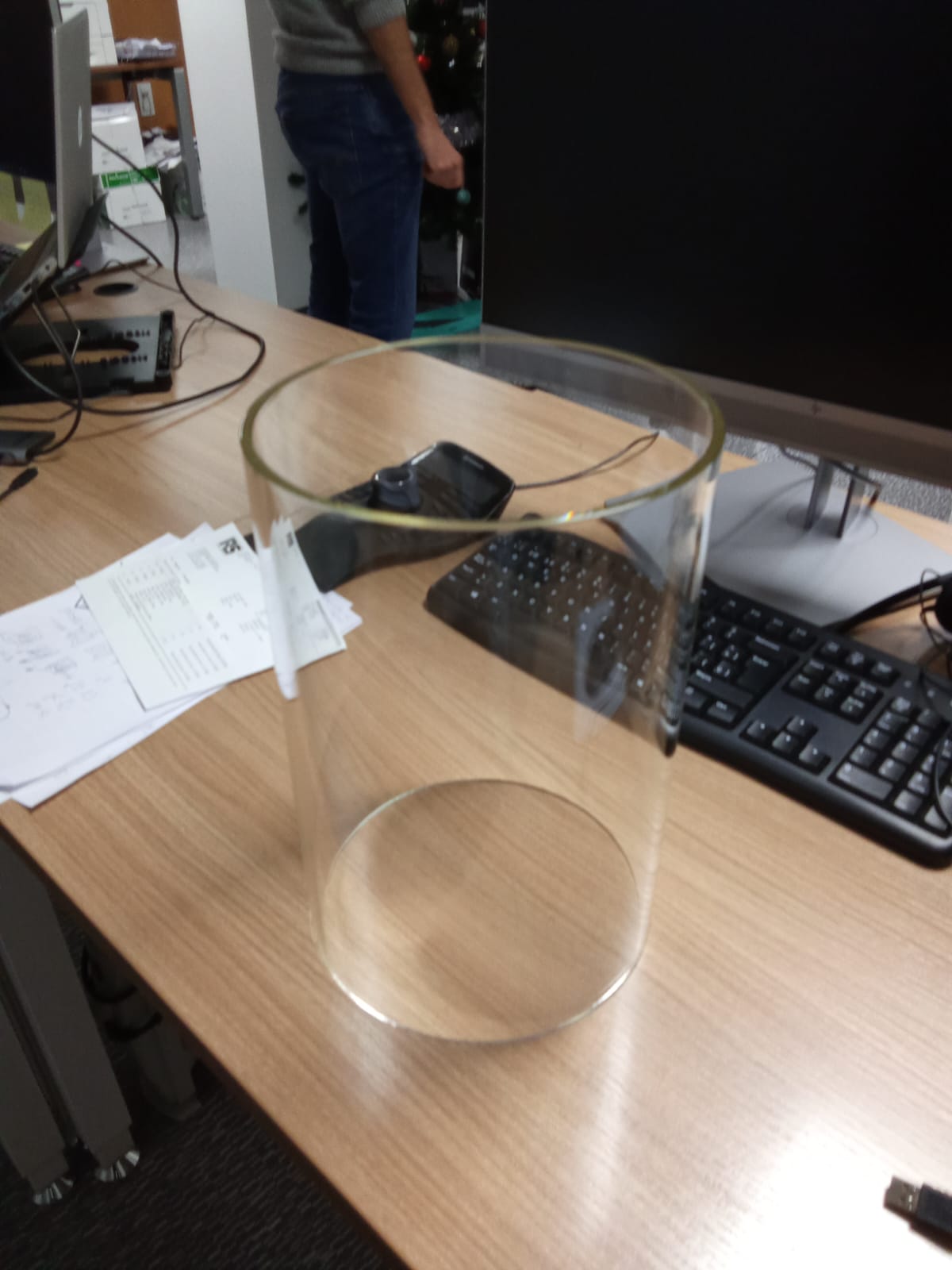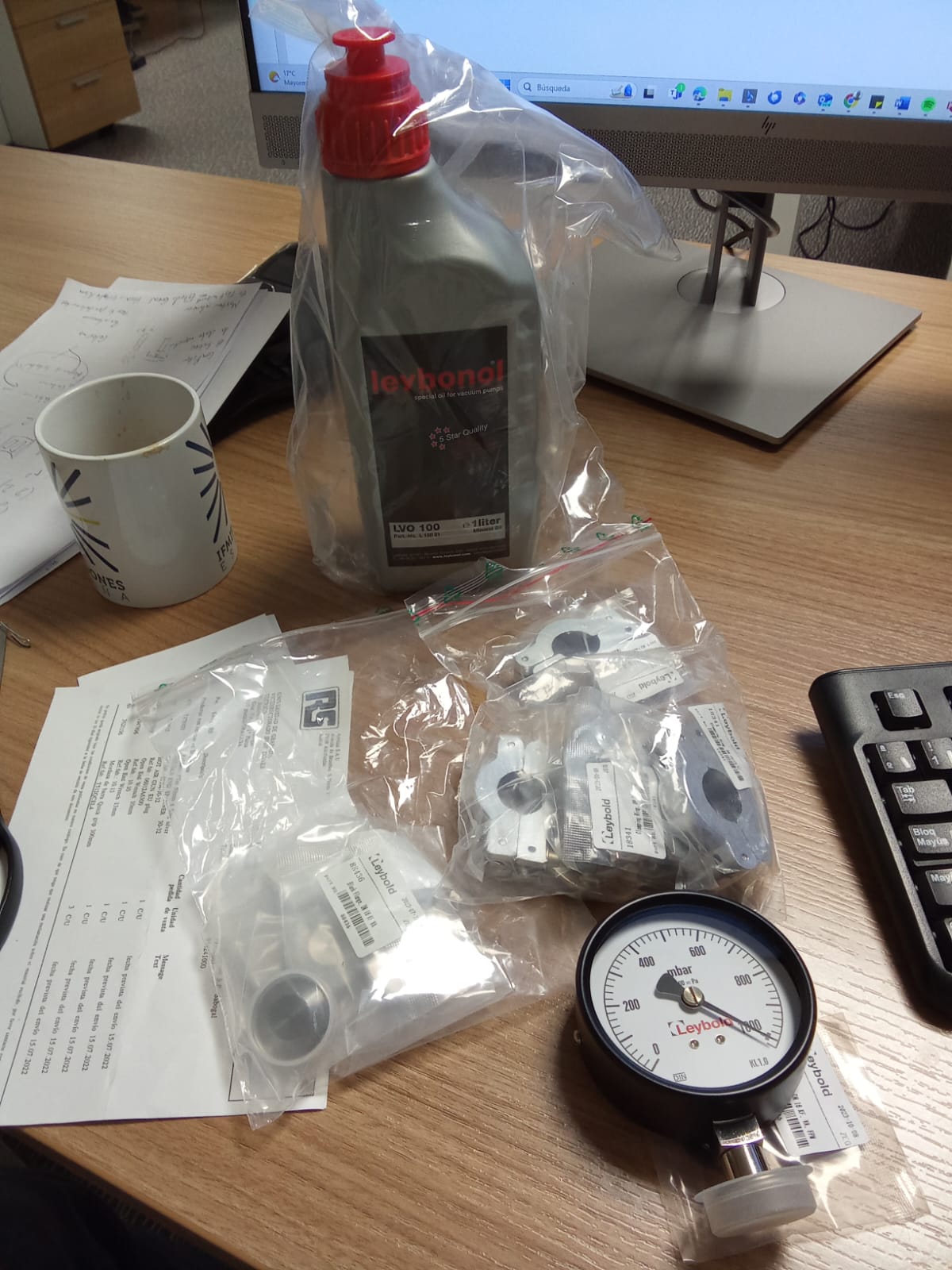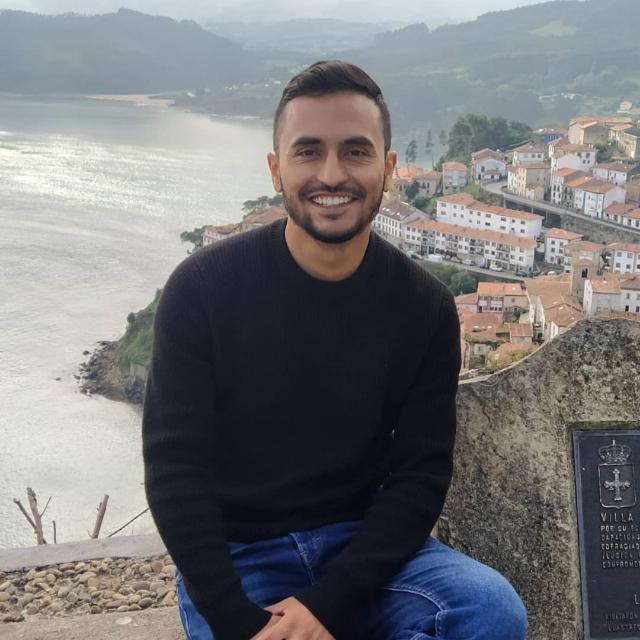Enhancing fusion in the academy
Published:
Why Fusion?
Fusion energy represents one of the most promising solutions to the global energy crisis, but it's also one of the most complex. By giving students the opportunity to engage directly with the technology and challenges of fusion energy, we’re not only helping to prepare the next generation of engineers and scientists but also contributing to the future of sustainable energy.Fusion Student Challenge
See my post about this project: An idea to inspire innovation in fusion energy: the Fusion Student ChallengeYou'll find all the details on the challenge in the document below.
Hands-On Learning: Fusor de Farnsworth
The goal of this challenge is simple: let students get their hands dirty by designing and building practical solutions. The Fusion Student Challenge will push students to work collaboratively on real-world problems, developing critical skills that will serve them throughout their careers. We know that this project will take time, so together with a group of students we wanted to start with something simple, and for this we want to build a Fusor of FarnsworthDesign

Visor web tomado de: https://sharecad.org/es/DWGOnlinePlugin
Construction
We already have the first components:


Assembly
On progress...In a world that needs more clean energy solutions, this project is a step toward not just teaching future innovators—but giving them the tools to start solving problems today.
